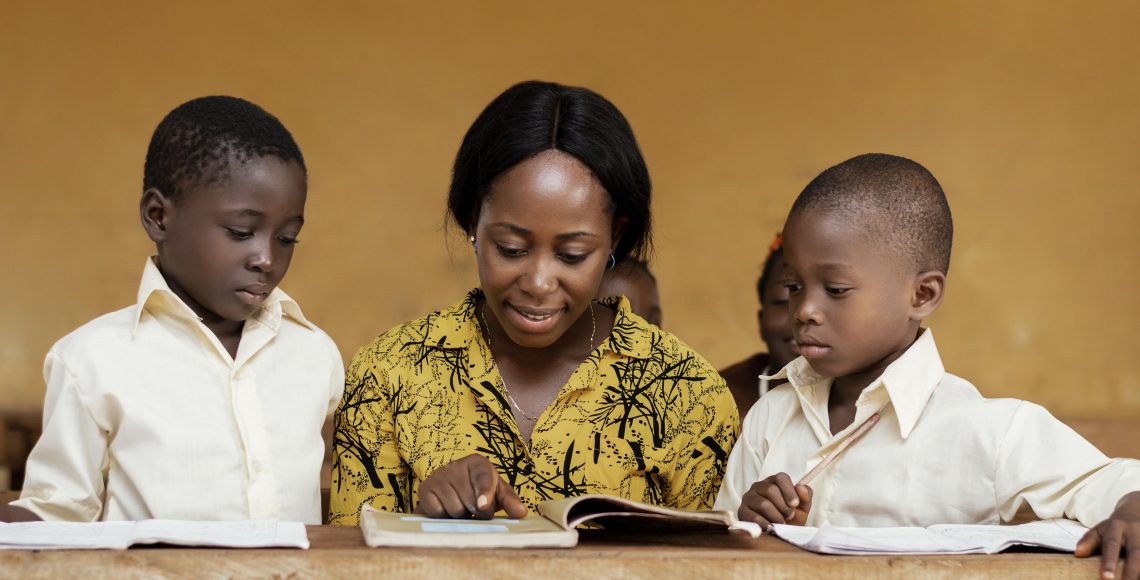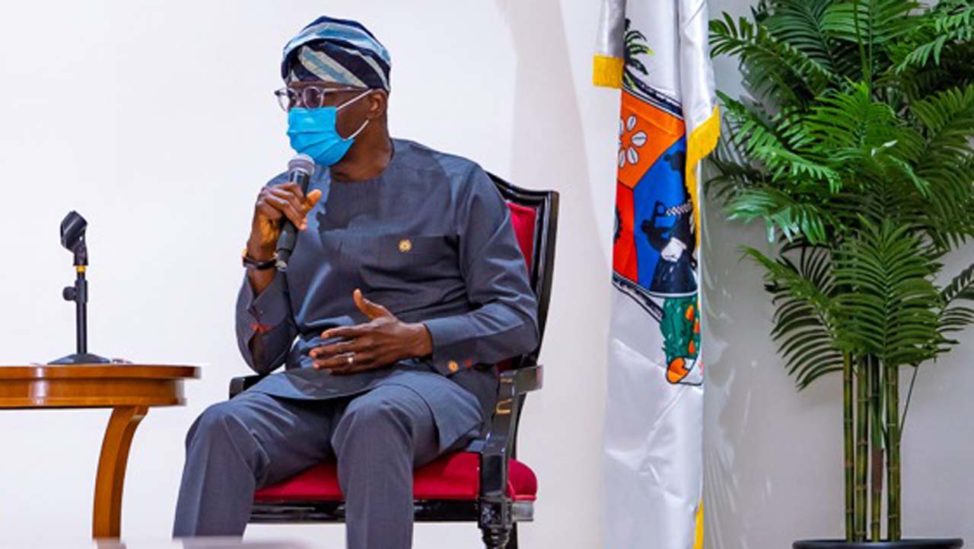Welcoming Students Back to School During & After School Closures
Welcome Back to School, Students!
Someone once said, ”without teachers life would have no class.” In the age of school closures, hybrid, and remote learning caused by the COVID-19 pandemic, this quote surely seems appropriate. As a teacher of K-12 students for the last year and a half, you know that your duties have gone way beyond your job description, as you wear many hats and play many roles that include coach, friend, therapist, and tutor.
So, when you welcome back your students after a school closure, what tips would be helpful to alleviate their fears and anxieties to make them feel more at home? To get more insight on what students and parents are dealing with, you can start with this Helping Your Child with Back to School Anxiety During Coronavirus lesson and read on to learn more about starting the school year off on the right foot.
A Warm Welcome Starts Right at the Door
Since you’re going to want your students to feel welcome and appreciated this year, why not greet them with a warm smile and a hello right at the door if instruction is being provided in person this semester? This simple act might:
- Increase student engagement
- Reduce unruly behavior
- Set a positive tone
Asking Parents Questions
Since parents are most assuredly going to be asking you a lot more questions than normal at ”Back to School Night” this year, why not have a set of questions ready for them to help this process? Examples of questions you could ask include:
- How can we get your child to not mind wearing a mask each day?
- What are some things you can do at home to prepare your child for class?
- What can I do to make you feel more comfortable sending your child to my classroom?
- What can you as parents do to add value to my classroom teachings this year?
- What does your child enjoy most about coming to school each day?
Masks, Masks, Masks!
Now, there is no masking the fact (pun intended) that students are going to love wearing masks about as much as you announcing a surprise math quiz. One thing you can do is try to make the entire process sort of a fun game. Since children all the way from kindergarten through high school love superheroes, you can remind them that many of their favorite action stars wear masks too.
You can even have contests and allow your students to design their own superhero masks. If that doesn’t strike their fancy, children could create face masks with animals on them. Some students are even designing masks that look like their own faces!
The Elephant in the Room
Let’s move right on to the unavoidable subject! Regardless of whether children are returning to school online or in person, they are going to want to talk about the coronavirus. Should you talk about the pandemic with children? This decision will probably end up being determined by each school district. If you are allowed, be candid with your students and address any pressing concerns. You are probably going to spend a lot of extra time talking to parents too, as the latter will want to be reassured that their children are going to a safe and effective learning environment each day.
Discipline and Structure: More or Less?
When your students begin classes via distance learning or in person, at first your tendency may be to go easier on them because of all that they have been through this year. However, you may find that you will want to actually be a bit more disciplined and structured in your classroom. Students may test your limits and see what they can ”get away with” due to a relaxed atmosphere.
Getting Along With Other Teachers
When you welcome students back to school, as a teacher you will want to set a fine example of someone who is calm and in complete control. In that case, it is a good idea to avoid getting into arguments with other teachers about the coronavirus.
After all, every educator is going to have differing opinions about the state of affairs of the world and what is the best way to ”cure” them. A better option would be to meet with fellow teachers and ask the question, ”how can we all work together this school year to make life better for all of our students?”
Make a Video
This is the digital age, so making a ”Welcome Back” video won’t be too difficult for you if you can’t meet with students and parents in person. You can then share it online where everyone can view it. Don’t forget to mention the coronavirus pandemic and how you will make adjustments to allow for a positive experience this school year.
Online Extracurricular Activities
Lastly, you are going to want the students to get involved as much possible in your school, but they aren’t going to be allowed to meet in large groups. One great idea is to hold online extracurricular activities. See what creative ways students, parents, and teachers can work together to design fun concepts.
Supplemental Learning
A large concern among teachers and parents is how prepared students will feel coming back to the classroom after remote learning. Some subjects may have been more difficult for some students to stay on track and make progress in their studies. As part of welcoming back students, more thorough assessments on where students are at with each subject can help you understand which students need help the most.
One way to promote learning and help students get caught up is with supplemental online tutoring and learning opportunities. For example, in science and math, students can brush up on introductory biology or algebra topics.
You can also recommend tutoring for students such as a math tutoring service and engage parents in the conversation to get their student up to speed.
The start of the school year – especially after Covid closures – is a great time to assess your students and provide supplemental learning opportunities.
Lesson Summary
Welcoming students back to school after a school closure can be a tense situation, but with some positive strategies and tactics you can make it a good year for your students. It is not a bad idea to greet each student with a smile and a greeting at your classroom door if you’ll be teaching classes in person. If permitted, talk frankly with students about the coronavirus. Compile a list of questions to help parents with this transition back to school. Try to make wearing masks a fun experience for the students. Consider having slightly more discipline and structure this school year, and set a good example by not arguing with other teachers. Finally, also consider making a ”Welcome Back” online video and holding online extracurricular activities for students.
Resource from Study.com





